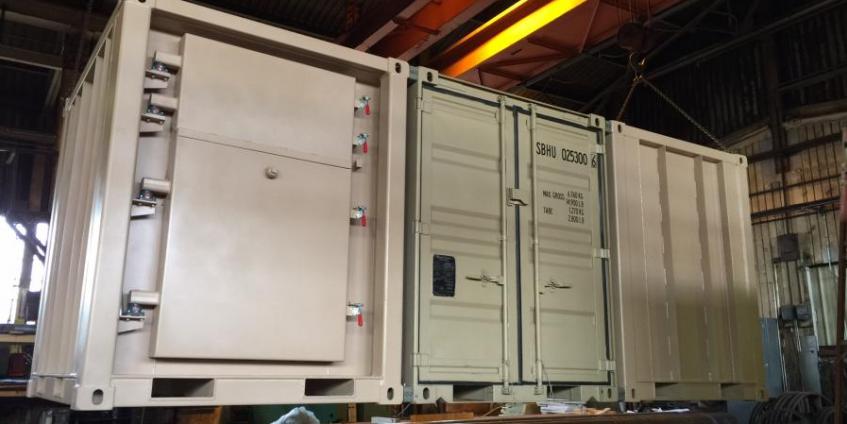Long-Lasting Flow Battery Could Run More than a Decade
A new flow battery from the Harvard John A. Paulson School of Engineering and Applied Sciences (SEAS) stores energy in organic molecules dissolved in neutral pH water. Losing only one percent of its capacity per 1000 cycles, the non-toxic, non-corrosive device offers the potential to significantly decrease the costs of production. “Lithium ion batteries don’t



